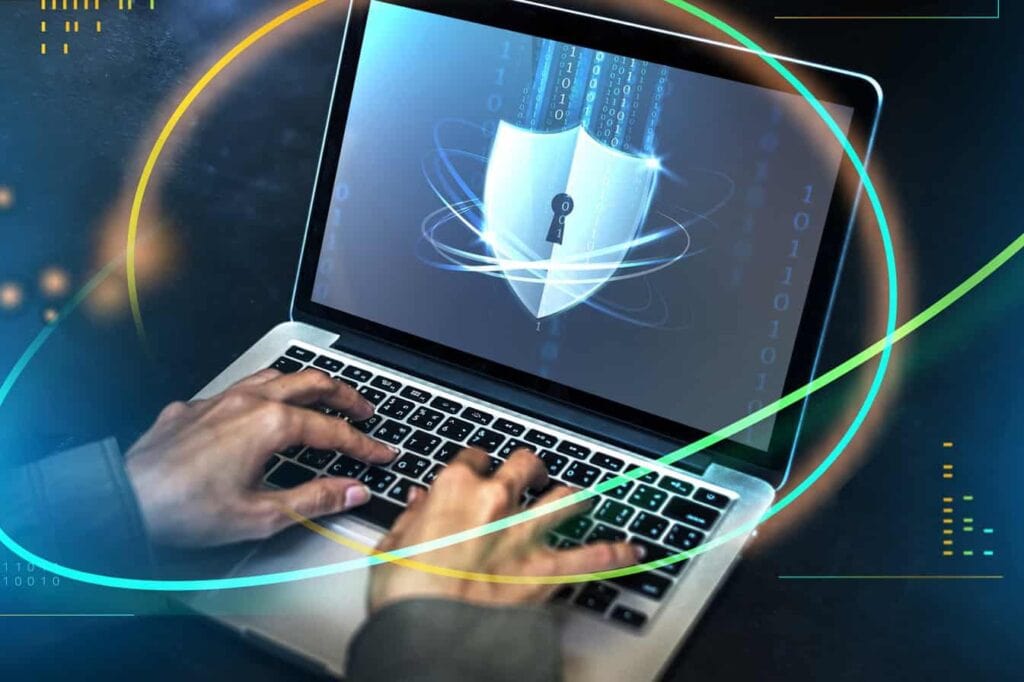Advanced technologies and new digital solutions in recent years have made daily life more convenient, helping businesses attain new levels of operational efficiency.
However, these new tools have also created new cybersecurity problems with data breaches becoming more frequent and causing significant privacy and financial losses. A report by IBM estimates that data breaches in 2023 have cost an average of US$4.45 million globally.
With the rise of Industry 4.0 and advanced digital technologies adopted in manufacturing, leaders are wary of the industry’s growing cybersecurity risk exposure, leading to growing investment in cybersecurity. The cybersecurity market in the manufacturing sector is expected to grow to US$29.85 billion by 2027, up from US$15.87 billion in 2019.
As factories of the future become more connected and adopt more digital tools and solutions, what are some of the main challenges manufacturers face when addressing their cybersecurity concerns in smart manufacturing?
1. IT and OT convergence and security
While information technology (IT) and operational technology (OT) are traditionally used separately, the convergence of IT and OT has opened doors to new operational efficiencies thanks to Industry 4.0 technologies.
However, although IT cybersecurity has grown and matured steadily, the same can’t be said for OT. The lack of sufficient cybersecurity for OT has resulted in more severe cyberattacks compared with IT cyberattacks in recent years. In addition, around 70% of manufacturers who invested in OT cybersecurity are experiencing implementation issues, indicating a pressing need for leaders to prioritise improving their OT security.
2. Legacy and old infrastructure
Legacy infrastructure and solutions are more vulnerable to cyberattacks due to outdated software leaving loopholes to exploit. This old infrastructure will incur higher security, environmental and maintenance costs due to poor resource consumption and a lack of trained personnel familiar with outdated systems. Manufacturing leaders must consider upgrading and updating their systems to ensure that legacy infrastructure doesn’t incur additional costs.
3. Insufficient cyber skills and knowledge
Leaders must understand that cybersecurity awareness is not equivalent to cybersecurity preparedness. Alarmingly, around 47% of leaders feel that cybersecurity is not a major concern according to a Capgemini report. Manufacturers must make an effort to improve their cybersecurity capabilities and skills and update their threat databases to ensure that their manufacturing systems are protected.
4. Physical security
Intelligent systems often have sophisticated security protocols, but manufacturers must not forget that physical security is equally important when safeguarding data and information. Access points to sensitive systems and critical information must be well guarded against malicious individuals. Manufacturers should also regularly conduct staff training and employee audits to mitigate the risk of information and data leaks.
5. Lack of budget
Digital transformation in manufacturing will involve large-scale changes to infrastructure, machinery and more that will require a significant investment. Budget constraints may result in cybersecurity being placed in the back of the priority queue. Leaders must understand the value of strong cybersecurity and the benefits that good security protocols can bring to the organisation.
Fix your weaknesses and enhance your manufacturing processes
Manufacturers interested in digital transformation may not view cybersecurity as a top priority, but the need for strong cybersecurity is evident for smart manufacturing to flourish. To find out where you can improve and identify the gaps in your cybersecurity processes, a neutral benchmarking framework like the Smart Industry Readiness Index (SIRI) can deliver clear and actionable insights on your digital transformation journey.
Visit Smart Industry Readiness Index to learn more about it or contact us to find out more.


